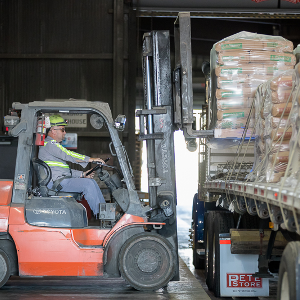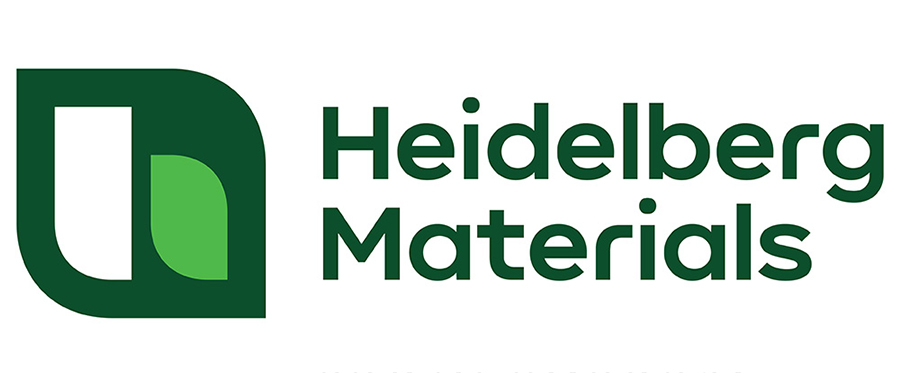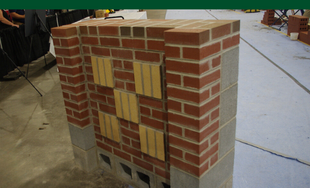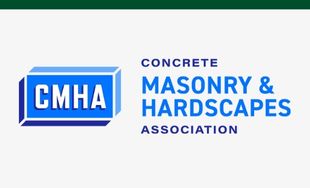
Masonry Cement
Heidelberg Materials is one of the leading cement manufacturers in North America. With 10 cement plants and more than 60 distribution terminals strategically located across the United States and Canada, we manufacture and distribute a variety of cements. Our Brixment and Flamingo Custom Colored masonry cements are sold through a network of dealers in the Northeastern, Southeastern and Midwestern United States and also in Ontario, Canada. The evolution of our package designs not only reflect the global Heidelberg Materials brand, they represent a dedication to delivering quality, consistency and outstanding performance well into the future. Click here for help finding our products near you.

Spelling out strength
Most masonry cements are preblended, ready to be mixed with sand and water at the job site. Premixed masonry cements offer a convenient, consistent and uniform performance. An alternative to premixed masonry cements is to mix all the individual ingredients – cement, lime, sand and water – at the job site.
The American Society for Testing and Materials (ASTM) designates both mortars and the masonry cement used to produce them by types, which are primarily based on strength. Traditionally, alternating letters of the words "mason work" became the letters used for five types of mortar: MaSoN wOrK, with Type M being the strongest and Type K the weakest. ASTM now designates three types of mortar: Type M, Type S and Type N. Types O and K are no longer common in construction and are used primarily for restoration of historic masonry structures. Type N is for general use in most mortar and stucco applications. Types M and S are specified when higher strength is required in load-bearing or below-grade walls.
We also offer a line of custom colored masonry cements under our flamingo brand.


.jpg?sfvrsn=3bab3370_0)

